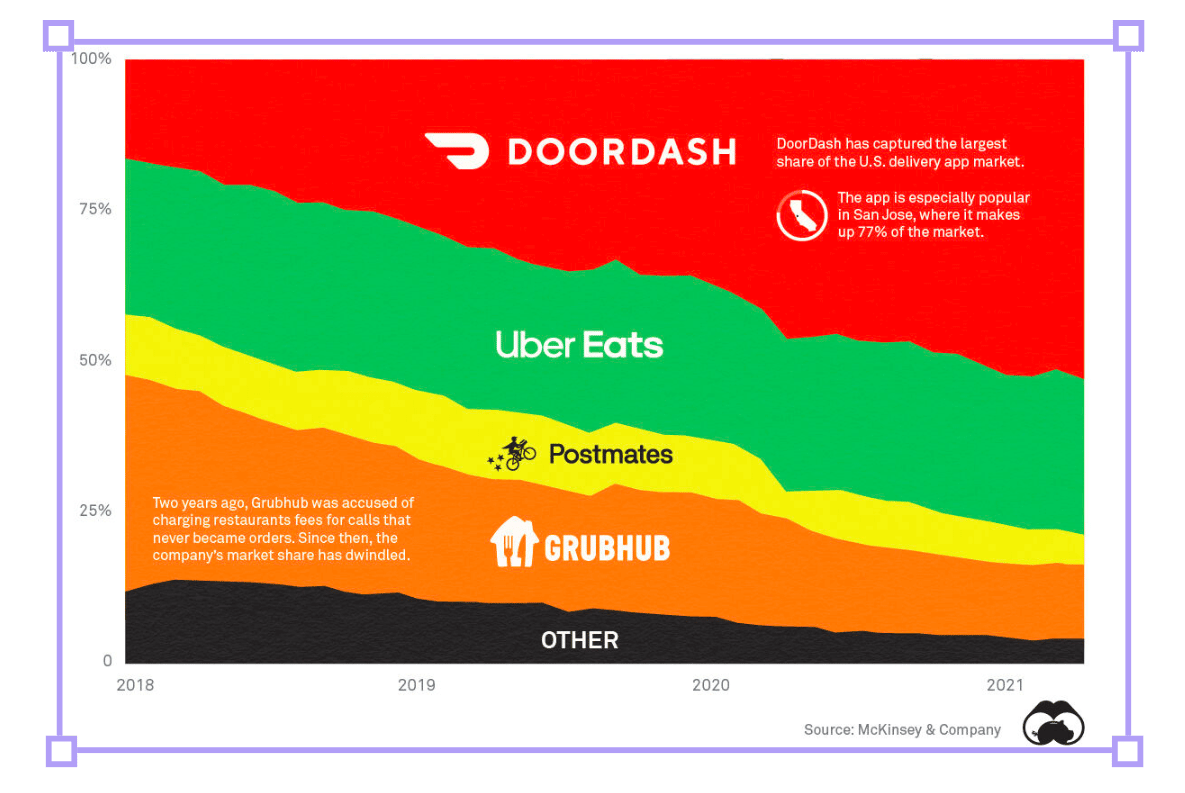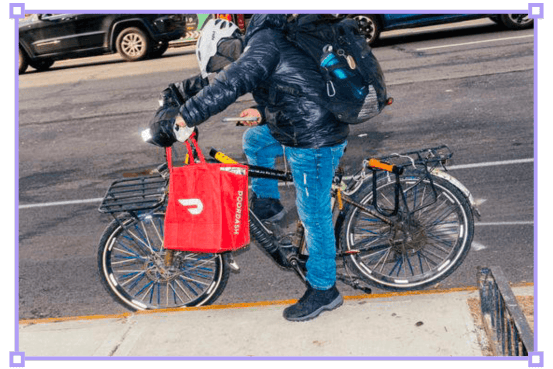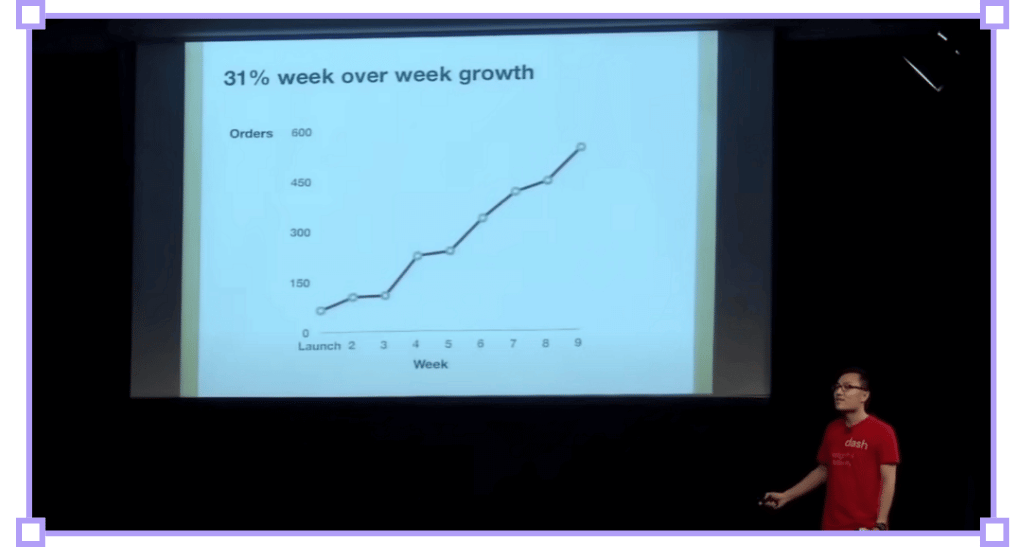Read time: 1 minute 54 seconds

Welcome to the 1,468 strategy nerds who have joined us over the last 2 weeks!
Join the growing community of 25,874 readers getting byte-sized strategy playbooks here:
Another edition, another milestone:
We just hit 25k subscribers!
For those just joining us (plus any long-time readers who’ve caught the Strategy Breakdowns bug), I have one small favour to ask:
I’m sharing:
Short-form tweets on business strategy for software companies
Top-of-mind thoughts on building an internet business
Behind-the-scenes growth and revenue stats
If just 1% of you seeing this gave me a follow, it'd make my day!
Here's the link ➔ @tomaldertweets


Make Your Next Performance Review a "How Much?" Conversation
StrategyHub teaches you strategy skills that instantly increase your value at work.
Learn the exact techniques used by top performers at Google, McKinsey, and Atlassian to get noticed and get promoted.
“We need a front-end developer by Tuesday, but it’ll take months to find someone in the US”
We use Athyna at Strategy Breakdowns – and a bunch of our friends do too. If you are looking for your next remote hire, Athyna has you covered. From sales to marketing, ops to engineering.
The secret weapon for ambitious startups. No search fees. No activation fees. Just incredible talent, matched with AI-precision, at lightning speed.
Thank you for supporting our sponsors, who keep this newsletter free.



Chess Move
The what: A TLDR explanation of the strategy
DoorDash pulled off one of the most under-appreciated market share robberies of all time.
Between 2018 and 2021, they exploded from 16% to 53% (!) share of the US delivery app market.

So what exactly propelled the new entrant ahead of established players like Uber Eats, GrubHub and Postmates?

💡
Strategy Playbook: Avoid the competition by targeting a greenfield underserved segment


Breakdown
The how: The strategic playbook boiled down to 3x key takeaways
1. Prioritise high-value customers
DoorDash focussed on winning outer suburbs with large family homes - a largely ignored segment with significantly higher average-order-value (AOV) than urban regions.
Serving family dinner tables rather than city apartments generated more revenue (and therefore margin) per delivery (fixed cost).
Better unit economics (plus unparalleled venture funding to acquire customers) meant once Doordash claimed wealthy American suburbs, competitors were effectively priced out.
2. Win the long-tail
By prioritising the suburbs, Doordash would win restaurants without delivery services, often with pre-existing customer bases, rather than competing for newer restaurants with multiple other providers.
DoorDash expanded the delivery market instead of elbowing for room in the existing one.
3. Differentiate through proprietary data
DoorDash acquired restaurants by providing them with not just delivery services, but insights they never had before: popular dishes in the area, customer demographics, local delivery times, and more.
Superior tooling like the Merchant Portal and Business Manager mobile apps, plus native marketing features like Sponsored Listings and Promotions gave restaurants a suite of capabilities to optimise their own services.
These features became magnets for acquiring new suppliers that were less exposed to product innovations in the sector.


Rabbit Hole
The where: 3x high-signal resources to learn more
[4 minute read]
• A viral marketing campaign titled “Stay in Your Game”.
• A sponsored Fortnite tournament with each player representing a restaurant chain like McDonalds, KFC, and Taco Bell.
• A World of Warcraft character called “Orderyn” (aka “Order-in”) who delivers virtual food (and real discount codes) across Azeroth.
• A TikTok ad with a gamer ordering energy drinks and controller batteries so he “never runs out of juice.”
Delivery apps are all doubling-down on the next strategic growth lever: Gamers.
[3 minute watch]
Come for the now legendary pitch to become the “Fedex of today”.
Stay for the chaos in the YouTube comments.
[2hr 58 minute listen]
Easily one of the best episodes of the Acquired podcast doing strategic analysis.
To go deep on initial funding, bootstrapping supply, unit economics, and an unlikely journey to IPO, this is your click.
(Note: This episode was recorded live from the blockbuster IPO… 3yrs later, stock price is down -58%. 20/20 hindsight!)
That’s all for today’s issue, folks!
Thanks again for being here.
P.S. Don’t forget to follow along on Twitter [@tomaldertweets]


Whenever you're ready, there are 3 ways we can help you:
Our flagship course on how to use free internet data to make better strategic decisions. Contains 5 years of strategy expertise, proven methods, and actionable tactics to accelerate your career with modern-day strategy skills.
We have a growing audience of 55,000+ strategists from top companies like Google, Meta, Atlassian, Stripe, and Netflix. Apply to feature your business in front of Strategy Breakdowns readers.
One of the most common questions we get asked is: “What tools do you use to run Strategy Breakdowns?” So, we’ve open-sourced our tech stack to give you an inside-look at exactly what tools we’re using to power each corner of this operation.






